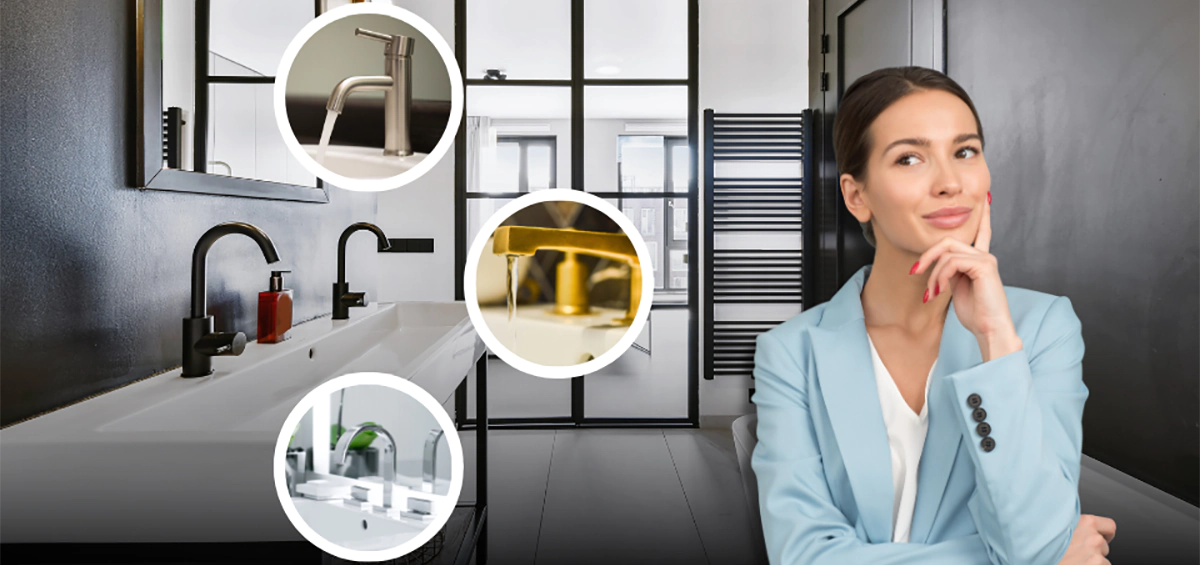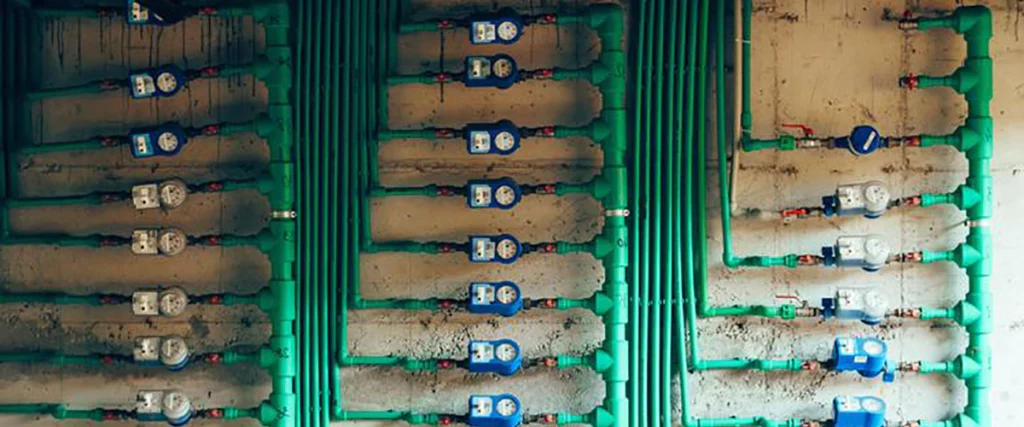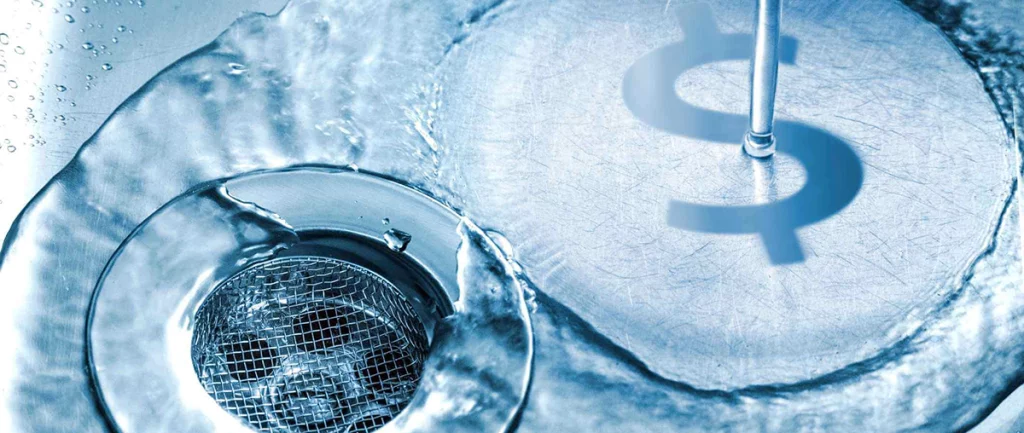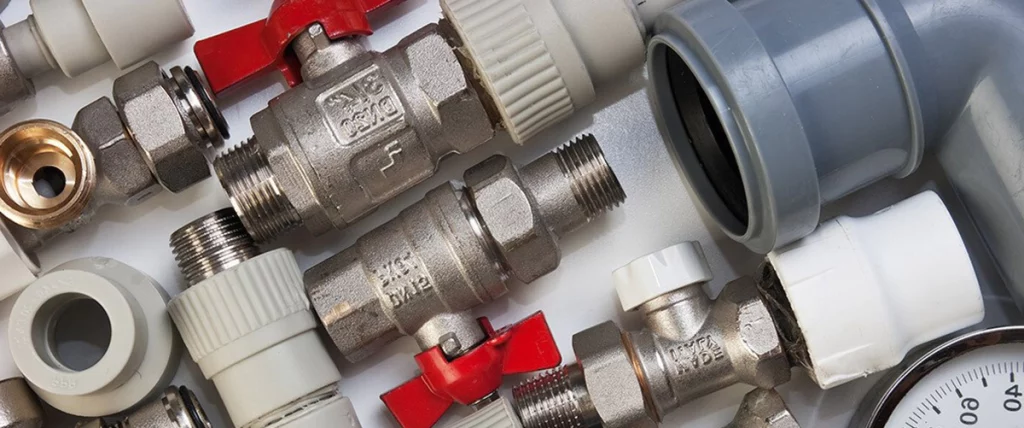When it comes to upgrading or renovating your home, selecting the right plumbing fixtures is a crucial aspect that can significantly impact both functionality and aesthetics. With a myriad of options available, knowing how to choose plumbing fixtures can make the decision-making process smoother and more satisfying. Here’s a guide to help you make informed choices that suit your style, needs, and budget.
Contents
- 1 Define Your Style Preferences – Choose Plumbing
- 2 Assess Functionality Requirements
- 3 Prioritise Water Efficiency
- 4 Choose Appropriate Finishes
- 5 Evaluate Installation Complexity
- 6 Explore Smart Technology Options
- 7 Prioritise Durability for Longevity
- 8 Consider Room Size and Scale
- 9 Read Reviews and Seek Recommendations
- 10 Set a Realistic Budget
Define Your Style Preferences – Choose Plumbing
Begin by identifying your preferred style. Whether your taste leans towards modern, traditional, or a blend of both, understanding your style preferences sets the tone for selecting fixtures that seamlessly integrate into your overall design.
- Gather Inspiration:
Explore various sources of inspiration to identify design elements that resonate with you. Browse home decor magazines, websites, social media platforms, and even visit showrooms. Save images and examples that catch your eye, noting patterns, colours, and styles that consistently appeal to you.
- Create a Mood Board:
Compile your collected inspirations into a mood board. This visual representation allows you to see the common themes and elements that attract you. Include images of furniture, colour schemes, textures, and architectural features that align with your vision for your living space.
- Identify Colour Preferences:
Consider your colour preferences and the emotions they evoke. Are you drawn to calming neutrals, vibrant pops of colour, or a monochromatic palette? Understanding your colour preferences will guide choices for walls, furniture, and accessories in your home.

- Assess Textures and Materials:
Pay attention to the textures and materials that appeal to you. Whether it’s the warmth of wood, the sleekness of metal, or the cosiness of plush fabrics, these elements contribute to the tactile experience of your space. Incorporate textures that align with your style into your design.
- Define Key Style Keywords:
Use descriptive keywords to define your style. Are you more inclined towards “modern,” “traditional,” “minimalist,” or “eclectic” designs? Define the key words that encapsulate the overall vibe you want to achieve in your home.
Assess Functionality Requirements
Consider the practical aspects of each space. Different areas of your home have unique plumbing needs. For example, a kitchen faucet with a high arc might be more convenient for dishwashing, while a bathroom fixture with a specific water flow rate could enhance water efficiency.
| Functionality Considerations for Plumbing Fixtures | Key Points |
| Kitchen Faucet: |
|
| Bathroom Fixtures: |
|
| Toilets: |
|
| Bathtubs and Showers: |
|
| Laundry Room Fixtures: |
|
Prioritise Water Efficiency
In an era where sustainability matters, opt for fixtures that prioritise water efficiency. Look for the WaterSense label, indicating compliance with water efficiency and performance standards set by the Environmental Protection Agency (EPA). Water-efficient fixtures not only save resources but also contribute to lower utility bills.
- Water-Efficient Fixtures:
Upgrade your plumbing fixtures to water-efficient options. Look for faucets, showerheads, and toilets labelled with the WaterSense certification. These fixtures are designed to use less water without compromising performance, helping you conserve water without sacrificing comfort.
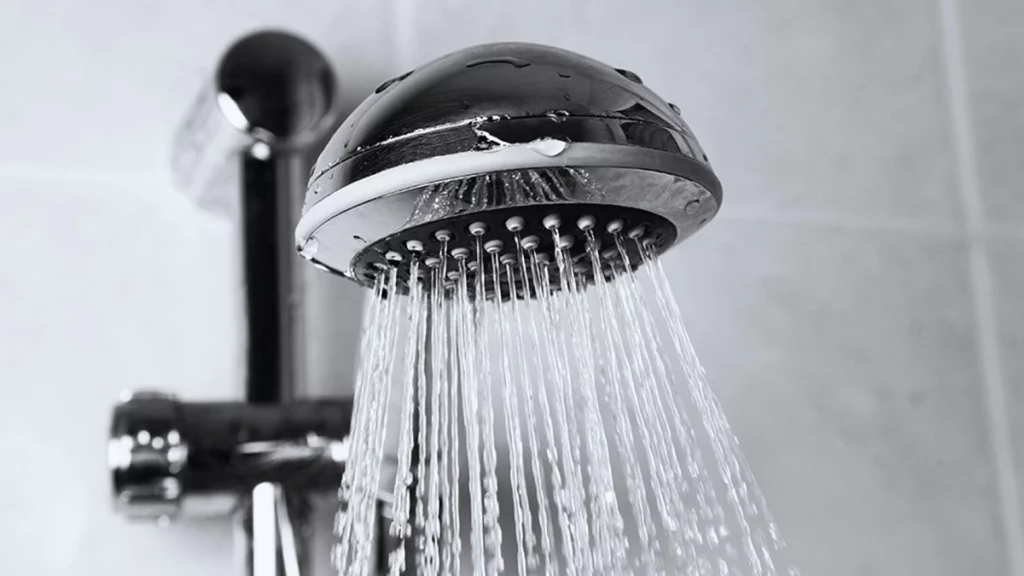
- Low-Flow Toilets:
Consider replacing older toilets with low-flow or dual-flush models. Low-flow toilets use significantly less water per flush, contributing to water conservation. Dual-flush toilets provide different flushing options for liquid and solid waste, allowing you to use less water when appropriate.
- Smart Irrigation Systems:
Invest in a smart irrigation system for your outdoor landscaping. These systems use sensors and weather data to optimise watering schedules, ensuring that your plants receive the right amount of water without unnecessary wastage. Smart irrigation can lead to substantial water savings over time.
- Fix Leaks Promptly:
Even small leaks can waste a significant amount of water over time. Regularly inspect your plumbing for leaks and address them promptly. This includes checking faucets, pipes, and irrigation systems. A proactive approach to leak repair helps conserve water and prevents potential water damage to your home.
- Collect Rainwater:
Install rain barrels or other collection systems to capture rainwater. Use this collected rainwater for watering plants, gardens, or even for non-potable household purposes. It’s a sustainable way to reduce reliance on municipal water sources for outdoor tasks.
- Water-Efficient Appliances:
When upgrading appliances, such as dishwashers and washing machines, choose models that have earned the ENERGY STAR label. These appliances are not only energy-efficient but also designed to use water more efficiently during their operation.
- Educate Household Members:
Promote water-conscious habits among household members. Encourage shorter showers, turning off the tap while brushing teeth, and using full loads in washing machines and dishwashers. Small behavioural changes can collectively make a significant impact on water usage.
- Mulching and Xeriscaping:
In landscaping, use mulch to retain soil moisture and reduce the need for frequent watering. Consider xeriscaping, which involves choosing plants that are well-suited to the local climate and require minimal irrigation. This approach minimises water consumption in outdoor spaces.
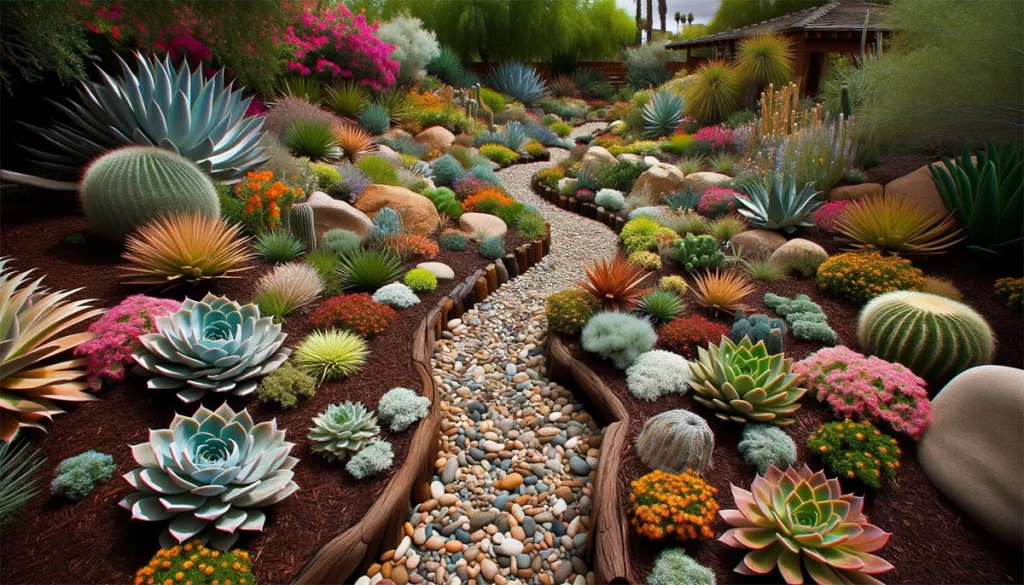
- Regular Plumbing Maintenance:
Schedule regular maintenance for your plumbing system. A well-maintained system is less likely to have hidden leaks or inefficiencies. Professional inspections can identify and address potential issues before they escalate, ensuring your plumbing operates at its most efficient.
- Community Water Conservation:
Participate in community water conservation initiatives. Stay informed about local water regulations and support efforts to preserve water resources. By contributing to broader conservation efforts, you become part of a collective movement towards sustainable water usage.
Choose Appropriate Finishes
The finish of your plumbing fixtures can significantly impact the visual appeal. Consider finishes like chrome, brushed nickel, or matte black that complement your home’s colour palette. Additionally, factor in the durability and ease of maintenance of the chosen materials.
| Consideration | Tips for Choosing Finishes |
| Style of Your Home |
|
| Coordinate with Colour Schemes |
|
| Maintenance and Durability |
|
| Harmonise Flooring Finishes |
|
| Mix Finishes Thoughtfully |
|
| Choose Timeless Finishes for Key Elements |
|
| Texture Adds Depth |
|
| Consider Lighting Effects |
|
| Personalise with Accent Finishes |
|
| Test Samples in the Space |
|
Evaluate Installation Complexity
Before making a selection, assess the complexity of installation. Some fixtures may require professional installation due to intricacies or specialised tools. If you’re considering a DIY approach, choose fixtures designed for easy installation and ensure you have the necessary skills and tools.
Explore Smart Technology Options
Embrace the convenience of smart home technology in plumbing fixtures. Touchless faucets, smart thermostatic shower systems, and programmable water temperature controls add a modern touch while contributing to energy and water conservation. Explore options that align with your technological preferences.
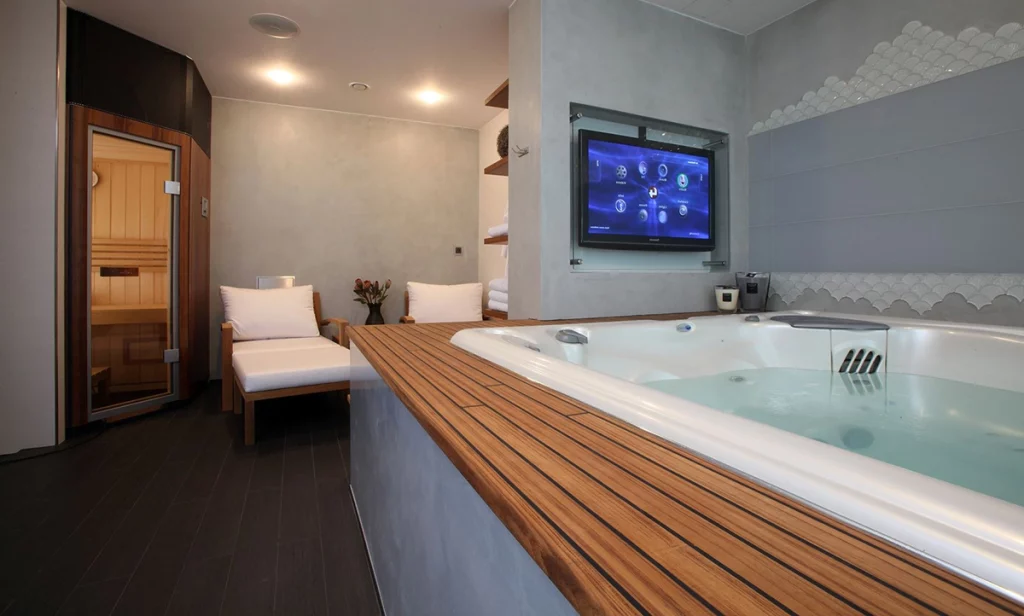
Prioritise Durability for Longevity
Investing in durable fixtures pays off in the long run. Select reputable brands known for quality craftsmanship and reliable materials. While it might mean a slightly higher upfront cost, the longevity of these fixtures can save you from frequent replacements and repairs.
Consider Room Size and Scale
Match the size of your fixtures to the dimensions of each room. In smaller spaces, opt for compact fixtures to maximise functionality without overwhelming the area. Larger spaces, such as master bathrooms, allow for more substantial fixtures that make a statement.
Read Reviews and Seek Recommendations
Before finalising your choices, read customer reviews and seek recommendations from those who have firsthand experience. Real-world insights can provide valuable information on the performance, durability, and overall satisfaction with specific plumbing fixtures.
Set a Realistic Budget
Establishing a budget before shopping helps guide your choices and narrows down options. Consider the upfront costs of fixtures as well as any potential additional expenses like installation fees or modifications required for specific fixtures.
By following these steps, you can navigate the process of choosing plumbing fixtures with confidence. From aligning with your design preferences to ensuring functionality and efficiency, each decision contributes to creating a home with plumbing fixtures that not only meet your immediate needs but also enhance the overall look and feel of your living spaces.
FAQs
Consider the overall style of your home. Whether it’s modern, traditional, or eclectic, choose fixtures that complement and enhance your established design aesthetic. Gather inspiration from various sources to define your preferred style.
Prioritise functionality in the kitchen. Choose a faucet with a high arc for easy access to the sink, consider pull-down or pull-out features for versatility, and explore touchless or single-handle options for convenience.
Absolutely. Water-efficient fixtures, marked with the WaterSense label, not only contribute to environmental sustainability but also lead to reduced water bills. Look for faucets, showerheads, and toilets with water-saving features.
Invest in fixtures from reputable brands known for quality craftsmanship. Consider finishes and materials that are not only aesthetically pleasing but also durable and easy to maintain. Regular maintenance also extends the lifespan of fixtures.
Yes, but do so thoughtfully. Mixing finishes can add visual interest. For example, combining matte and glossy finishes can create a balanced and dynamic look. Ensure the finishes complement each other and contribute to the overall design.



